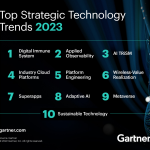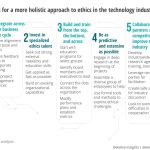Unlocking Success: Embracing 2 Of The Latest Technology Trends Businesses Use Today For Unbeatable Growth
2 of the Latest Technology Trends Businesses Use Today
Introduction
Dear Readers,
3 Picture Gallery: Unlocking Success: Embracing 2 Of The Latest Technology Trends Businesses Use Today For Unbeatable Growth
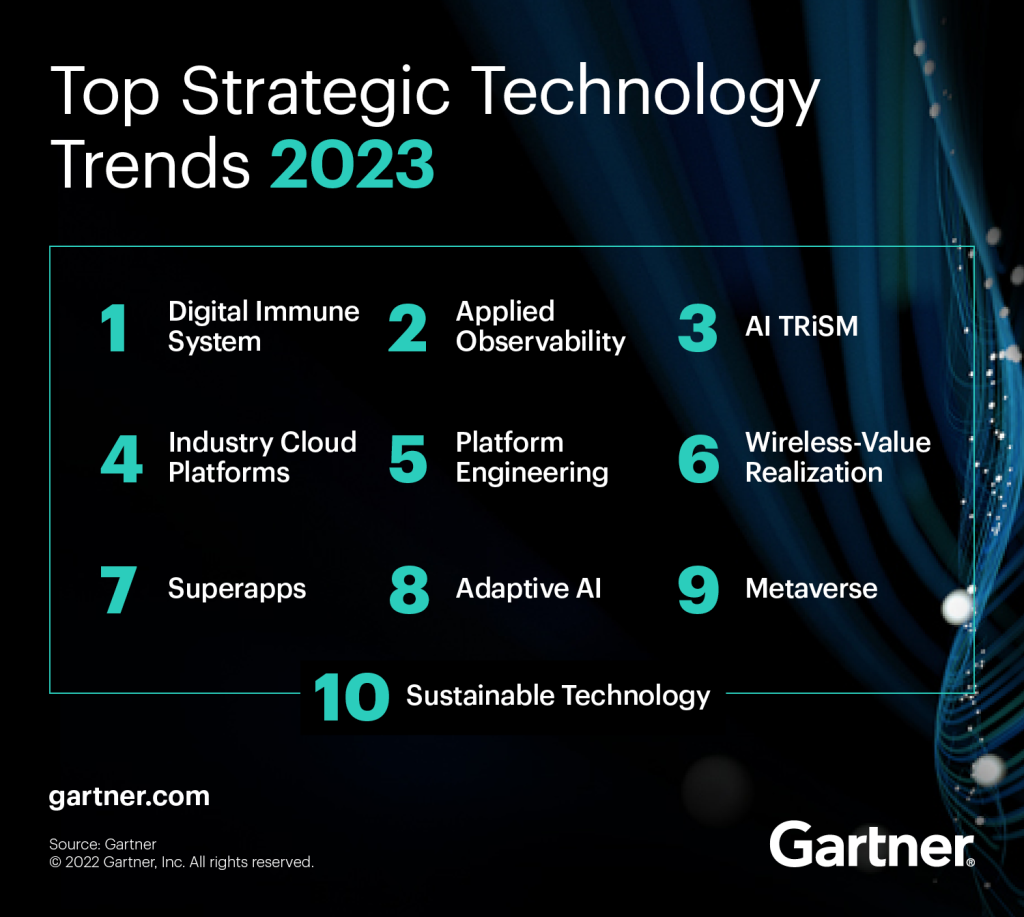
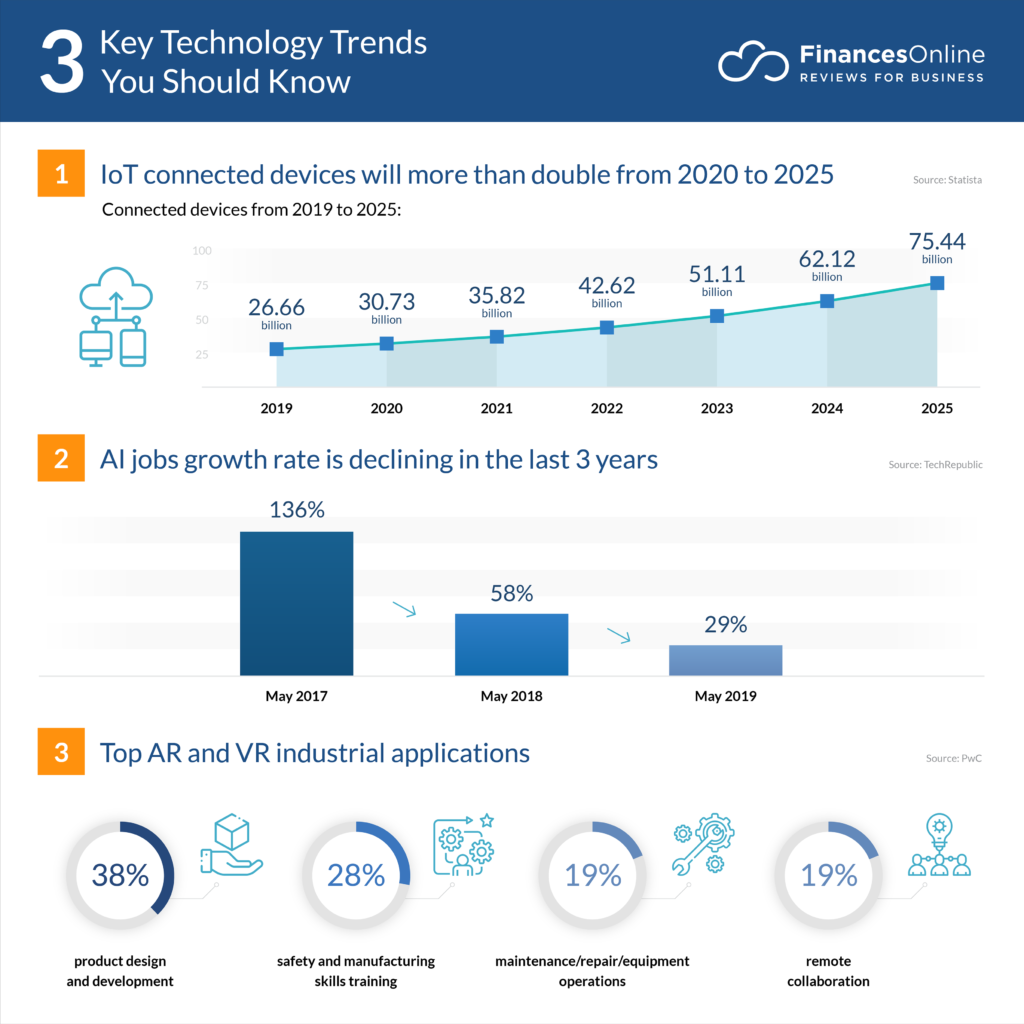
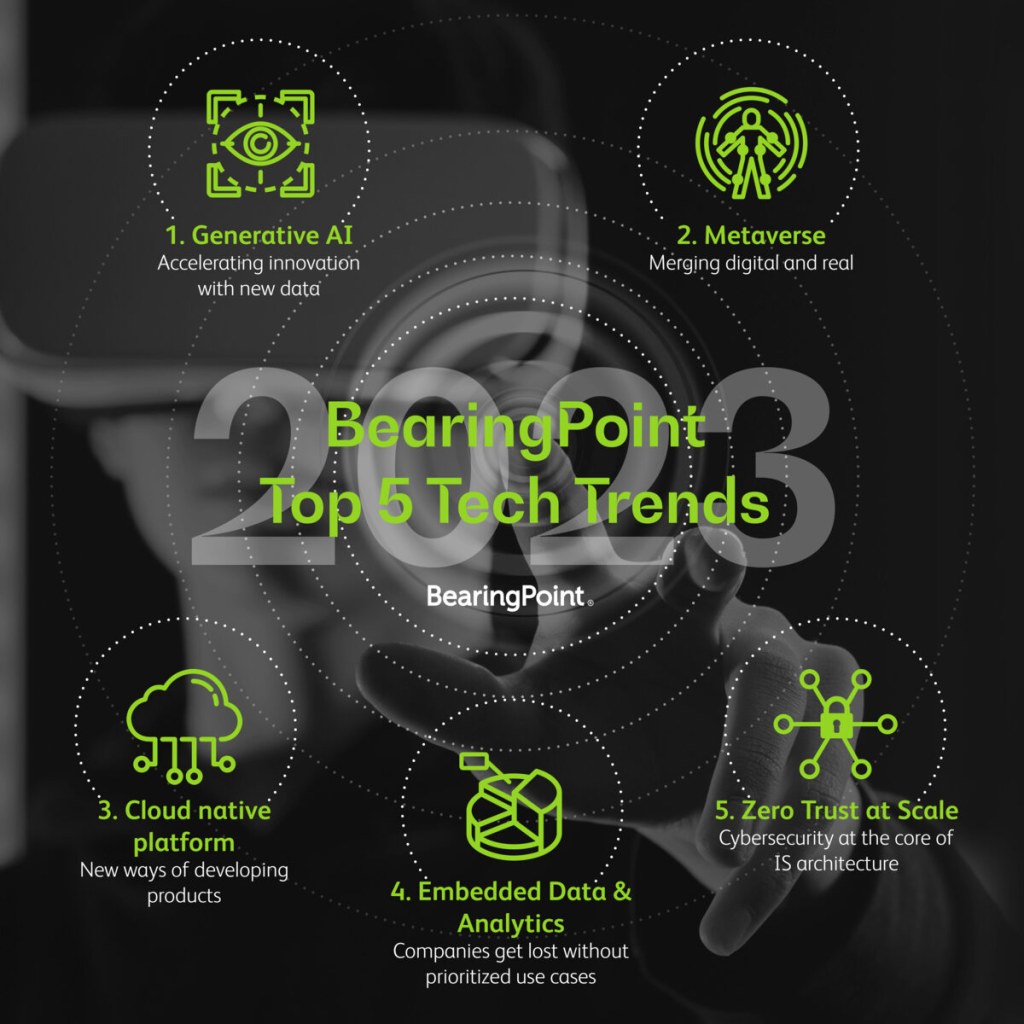
Welcome to our article on the latest technology trends that businesses are utilizing today. In this rapidly evolving digital landscape, it is crucial for companies to stay updated with the latest advancements to thrive in their respective industries. In this article, we will explore two of the most prominent technology trends that businesses are leveraging to enhance their operations and gain a competitive edge. So, without further ado, let’s dive in and discover these exciting trends!
Technology Trends
Description

Image Source: gcom.cloud
Artificial Intelligence (AI)
AI is revolutionizing the way businesses operate by simulating human intelligence in machines. It enables companies to automate tasks, analyze vast amounts of data, and make data-driven decisions.
Internet of Things (IoT)
The IoT is transforming businesses by connecting various devices and objects to the internet, allowing them to communicate and share data. This connectivity enhances efficiency, productivity, and enables new business models.
What is Artificial Intelligence (AI)?
🤖 Artificial Intelligence, or AI, refers to the simulation of human intelligence in machines. It involves programming computers to perform tasks that would typically require human intelligence, such as problem-solving, pattern recognition, and decision-making.

Image Source: financesonline.com
AI encompasses various technologies, including machine learning, natural language processing, and computer vision. This powerful combination allows computers to learn from data, understand and respond to human language, and interpret visual information.
Applications of AI
AI has found applications in numerous industries, such as:
Healthcare: AI is used for diagnosing diseases, analyzing medical images, and developing personalized treatment plans.
Finance: AI algorithms are employed for fraud detection, risk assessment, and algorithmic trading.
Retail: AI powers personalized recommendations, chatbots, and inventory management systems.
Manufacturing: AI enhances automation, predictive maintenance, and quality control processes.

Image Source: bearingpoint.com
What is the Internet of Things (IoT)?
🌐 The Internet of Things, or IoT, refers to the network of interconnected devices and objects that collect and exchange data. These devices, equipped with sensors and connectivity capabilities, can communicate with each other and with humans.
The IoT has transformed various industries by enabling real-time monitoring, automation, and data analysis. It has a wide range of applications, from smart homes and cities to industrial settings and agriculture.
Benefits of IoT
The IoT offers several advantages for businesses:
Enhanced Efficiency: IoT devices automate processes, optimize resource usage, and enable remote monitoring.
Improved Decision-Making: Real-time data from IoT devices provides valuable insights for informed decision-making.
New Business Opportunities: IoT enables the development of innovative products, services, and business models.
Cost Savings: IoT-driven automation reduces operational costs and improves resource allocation.
Enhanced Customer Experience: IoT facilitates personalized and responsive experiences for customers.
Advantages and Disadvantages of AI and IoT
Advantages
👍 Let’s explore the advantages of AI and IoT:
1. Increased Efficiency: AI and IoT technologies streamline processes, automate tasks, and reduce human errors.
2. Data-Driven Insights: AI and IoT generate vast amounts of data, allowing businesses to gain valuable insights and make data-driven decisions.
3. Enhanced Customer Experience: AI-powered chatbots and personalized recommendations improve customer interactions and satisfaction.
4. Innovation and Competitive Edge: Adopting AI and IoT can give businesses a competitive edge by enabling innovation and staying ahead of the curve.
5. Cost Savings: AI and IoT technologies optimize resource utilization, reduce operational costs, and improve overall efficiency.
Disadvantages
👎 However, it is essential to consider the potential disadvantages of AI and IoT:
1. Privacy and Security Risks: The vast amount of data collected by AI and IoT devices raises concerns about privacy and data security.
2. Workforce Displacement: As AI and automation technologies advance, some jobs may become obsolete, leading to workforce displacement.
3. Technical Complexity: Implementing and managing AI and IoT systems can be complex and require skilled professionals.
4. Dependence on Connectivity: The functionality of IoT devices relies heavily on stable internet connectivity, which can be a limitation in certain locations.
5. Ethical Considerations: AI raises ethical concerns related to bias in algorithms, accountability, and the impact on human decision-making.
Frequently Asked Questions (FAQs)
1. Is AI a threat to job security?
No, AI is not necessarily a threat to job security. While some jobs may be automated, AI also creates new job opportunities in fields such as data science and AI development.
2. Can any business benefit from implementing IoT?
Yes, businesses across various industries can benefit from implementing IoT. However, the specific use cases and benefits may vary depending on the industry and business objectives.
3. How can AI improve cybersecurity?
AI can enhance cybersecurity by analyzing large volumes of data, identifying patterns, and detecting anomalies that indicate potential threats or attacks.
4. What are the main challenges of adopting AI and IoT?
The main challenges include data privacy and security, technical complexity, workforce readiness, and the need for ongoing investments in technology infrastructure.
5. Are there any regulations for AI and IoT?
Regulations for AI and IoT are still evolving. However, organizations must ensure compliance with data protection and privacy laws, such as GDPR.
Conclusion
In conclusion, the latest technology trends of Artificial Intelligence and the Internet of Things are revolutionizing businesses across industries. By harnessing the power of AI and leveraging the connectivity of IoT, companies can enhance efficiency, gain valuable insights, and deliver exceptional customer experiences. While AI and IoT offer significant advantages, businesses must also address the associated challenges to ensure privacy, security, and ethical use of these technologies. Embracing these trends and staying updated with technological advancements will enable businesses to thrive in the ever-evolving digital landscape.
Final Remarks
Dear Readers,
As we conclude this article, we hope you found valuable insights into the two latest technology trends that businesses are utilizing today. It is essential to stay informed and adapt to these advancements to remain competitive and drive innovation in your respective industries. Remember, the world of technology is continuously evolving, and staying ahead of the curve will be vital for your business’s success.
Thank you for joining us on this journey of exploring the latest technology trends. We look forward to sharing more exciting insights with you in the future.
This post topic: Latest Technology Trends
